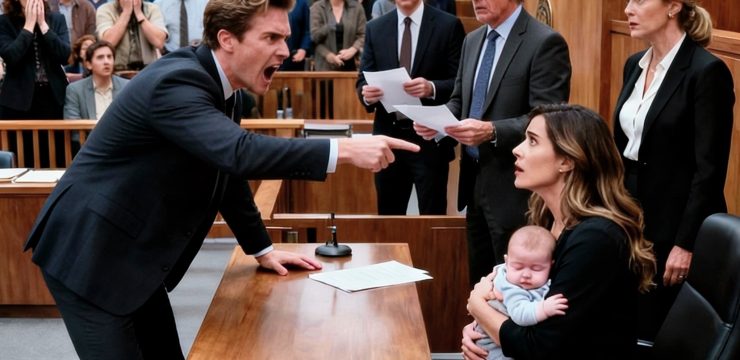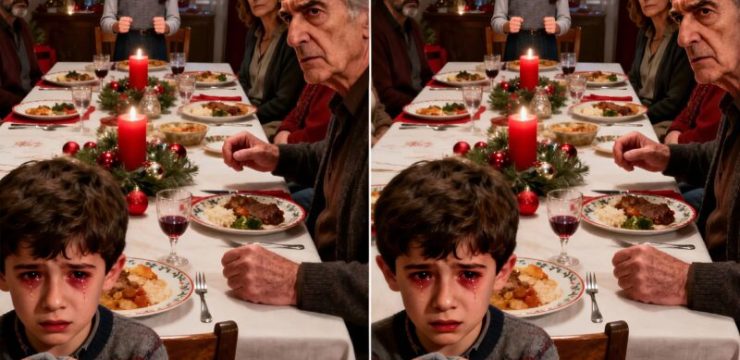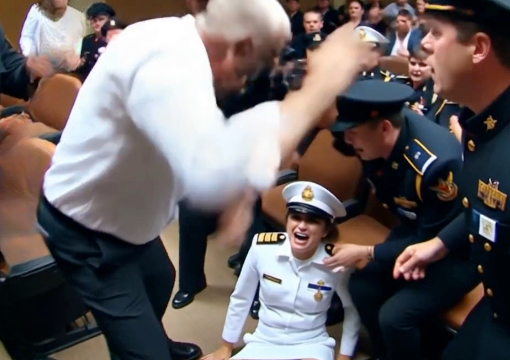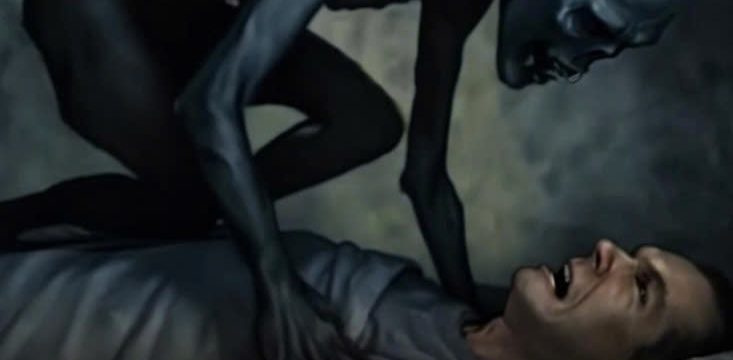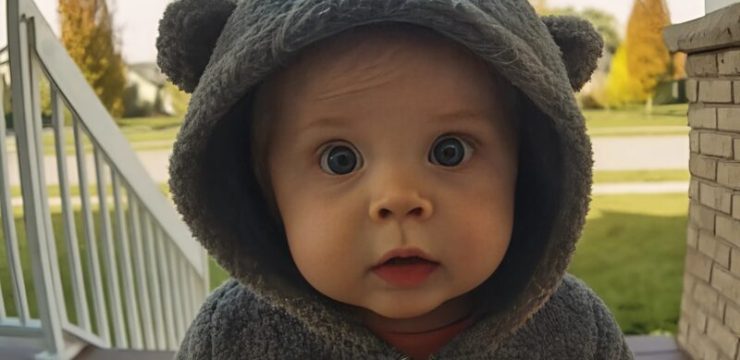For countless fans who grew up in the late 1950s, The Rifleman wasn’t just another TV show—it was a weekly ritual. This classic Western wasn’t about flashy special effects or intricate plot twists. Instead, it won hearts with its timeless values of honesty, respect, and integrity. Starring the towering Chuck Connors as Lucas McCain, a widowed rancher and expert marksman, and the charming Johnny Crawford as his son Mark, The Rifleman delivered more than just cowboy shootouts. It offered heartfelt lessons wrapped in gripping Old West adventures, leaving an enduring mark on television history.
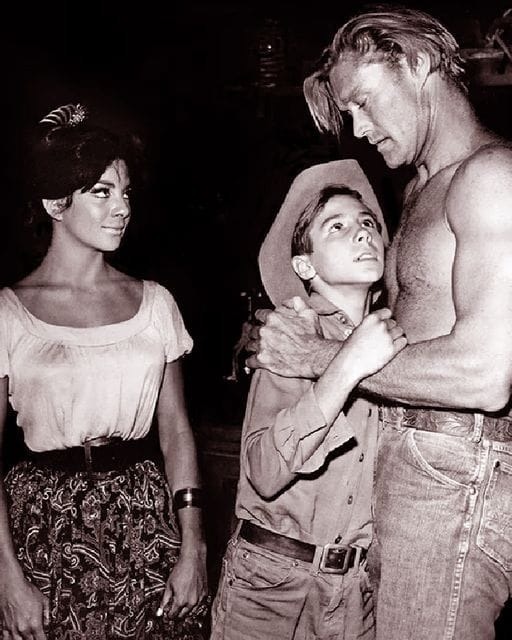
However, even the most beloved shows aren’t immune to mistakes, and The Rifleman was no exception. While it remains one of the greatest Westerns ever produced, it also harbors a treasure trove of bloopers, historical inaccuracies, and behind-the-scenes quirks that only the most eagle-eyed fans have noticed. But does it matter that some scenes included out-of-place props, continuity errors, or other slip-ups? Absolutely not. The magic of The Rifleman lies in its storytelling, not in its technical perfection.
One of the show’s greatest strengths was its ability to balance thrilling action with moral depth. Every episode delivered an insightful lesson, reminding viewers of core human values—lessons that still resonate today. But amidst those heartfelt moments, there were plenty of amusing inconsistencies and production hiccups that fans have come to cherish as part of the show’s charm.
At the center of The Rifleman was Lucas McCain, played with charisma and grit by Chuck Connors. His portrayal of a loving father and steadfast rancher set a standard for television heroes. Lucas wasn’t just a sharpshooter; he was a man of principles, doing his best to raise his son Mark in a world full of danger and uncertainty. Johnny Crawford, who played Mark, brought warmth and authenticity to his role, creating one of the most beloved father-son duos in TV history.
But even with such strong leads, the show couldn’t always avoid the occasional blunder. Fans who pay close attention will spot moments where props magically change position between shots, or when Lucas’s famous Winchester rifle seems to hold an impossible number of bullets. In some scenes, Connors fires his rifle far more times than it could realistically hold—an inconsistency that firearms enthusiasts have been quick to notice. But honestly, who’s counting when the action is that good?
Another classic blooper involves the set design. Like many Western shows of its time, The Rifleman operated on a modest budget, and recycling props and costumes was common practice. Keen-eyed viewers will notice the same saloon doors, storefronts, and even horses appearing repeatedly across different episodes. Sometimes, even background actors would play multiple roles—showing up as a bandit in one episode and a shopkeeper in the next. It was all part of the magic of television production in the 1950s.
And then there were the occasional historical inaccuracies. While The Rifleman was set in the 1880s, modern details would sometimes sneak into the frame. In certain shots, you might catch a glimpse of a car parked in the background, or see fluorescent lights reflected in a building window. These little slip-ups are easy to miss if you’re engrossed in the story, but they’ve become fun Easter eggs for dedicated fans who love rewatching the series.
Beyond the technical hiccups, the behind-the-scenes stories from The Rifleman are just as entertaining. Chuck Connors, a former professional baseball and basketball player, brought athleticism and authenticity to his role. He wasn’t just pretending to be a skilled marksman—he genuinely knew how to handle a rifle. Meanwhile, Johnny Crawford brought an infectious enthusiasm to the set. Known for his musical talents, Crawford would often entertain the crew with impromptu singing sessions between takes.
The bond between Connors and Crawford wasn’t just for the cameras; it was real. Connors became a mentor to his young co-star, and the two maintained their friendship long after the series ended. This genuine connection shone through in every scene they shared, making Lucas and Mark McCain one of the most beloved father-son duos in TV history.
However, the production wasn’t always smooth sailing. Filming a Western in the California heat was no easy task. Dusty sets, unpredictable animals, and long shooting days created plenty of challenges for the cast and crew. Yet, despite these obstacles, they delivered episode after episode of quality television.
The charm of The Rifleman isn’t diminished by its imperfections. If anything, the occasional bloopers and quirks make the show even more endearing. They remind us that behind every iconic scene was a team of real people working hard to create something special.
In today’s world of ultra-polished television and CGI effects, The Rifleman stands as a testament to the power of simple, heartfelt storytelling. Its flaws don’t weaken it—they humanize it. After all, it’s not the perfect execution of every shot or scene that made The Rifleman unforgettable. It’s the raw emotion, the moral clarity, and the timeless bond between a father and his son.
Next time you rewatch The Rifleman, keep an eye out for those little bloopers and hidden quirks. Whether it’s an anachronistic detail, a crew member accidentally sneaking into the frame, or Lucas McCain somehow firing one too many bullets from his Winchester rifle, these moments are part of the show’s legacy. They add to its character, reminding us of an era when storytelling came first and mistakes were simply part of the magic.
So, here’s to The Rifleman—a show that remains a treasured piece of television history, imperfections and all. Because in the end, it’s not about being flawless—it’s about leaving a lasting impact. And The Rifleman did exactly that.
